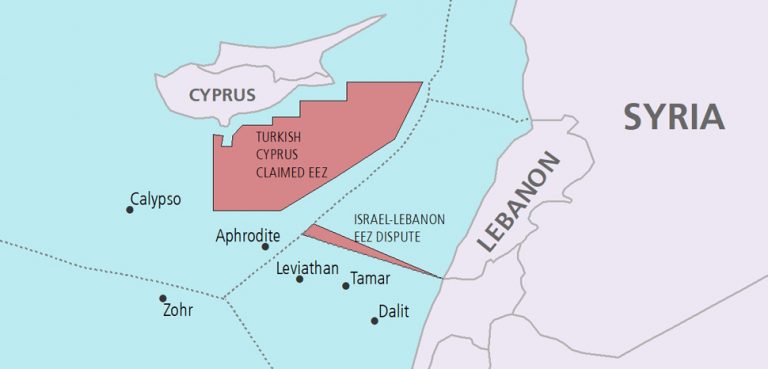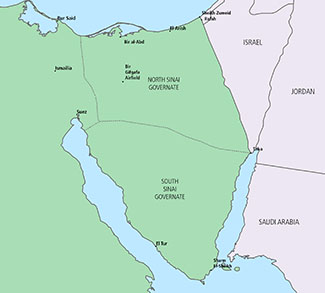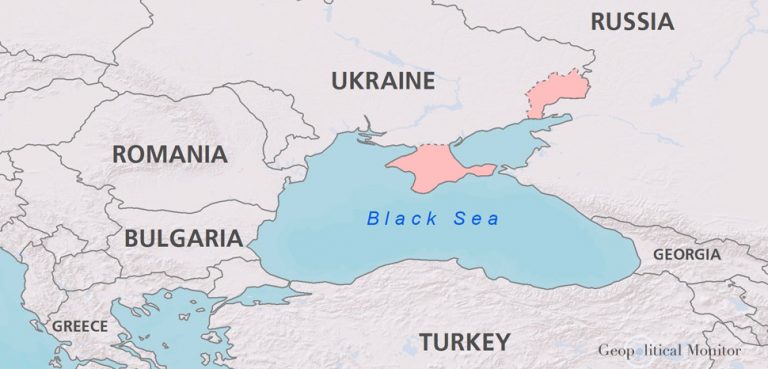
Summary
Libya has been locked in various degrees of civil war since Muammar Gaddafi was captured and killed by rebel forces in 2011.
The events leading up to Gaddafi’s death – rebellion in the east of the country and a UN-approved NATO no-fly zone turned active bombing campaign – are now viewed as a turning point in the post-Cold War international order, one where the East-West fault lines first emerged.
The war went from a cold to a hot conflict last month following the launch of a major new offensive on the capital by the Libyan National Army (LNA). The attack has thus far been repelled by the Tripoli-based Government of National Accord (GNA) at a cost of over 400 deaths, 2,000 wounded, and 50,000 local residents displaced.



